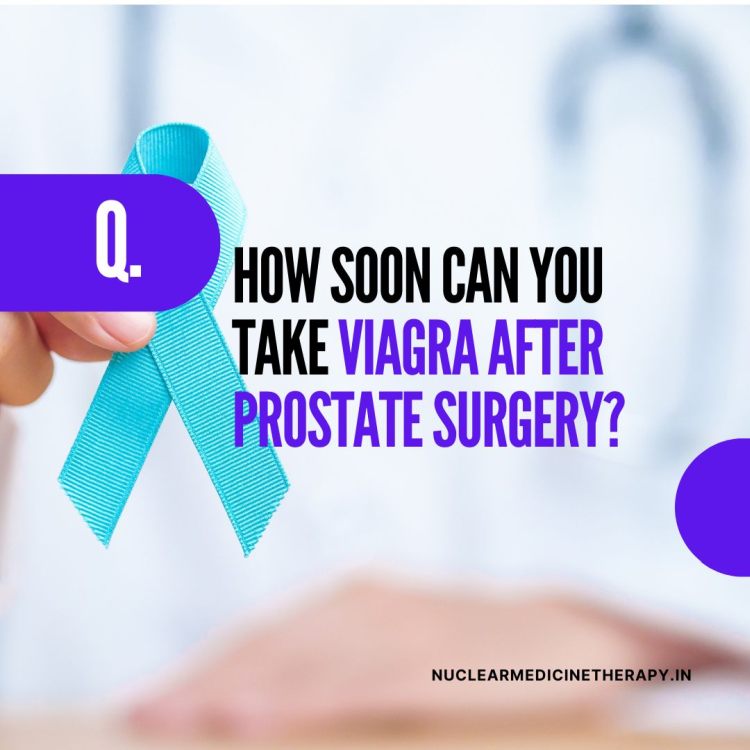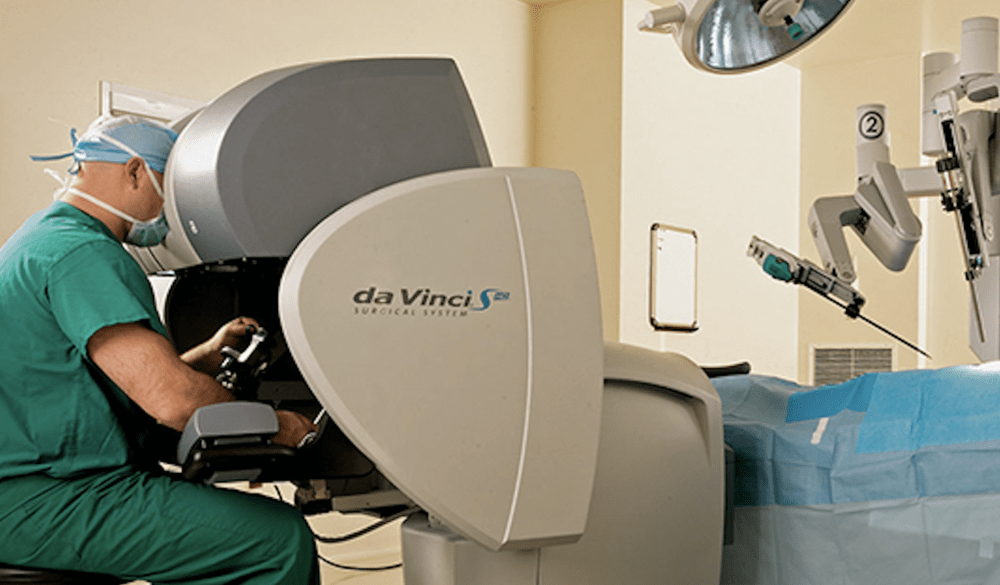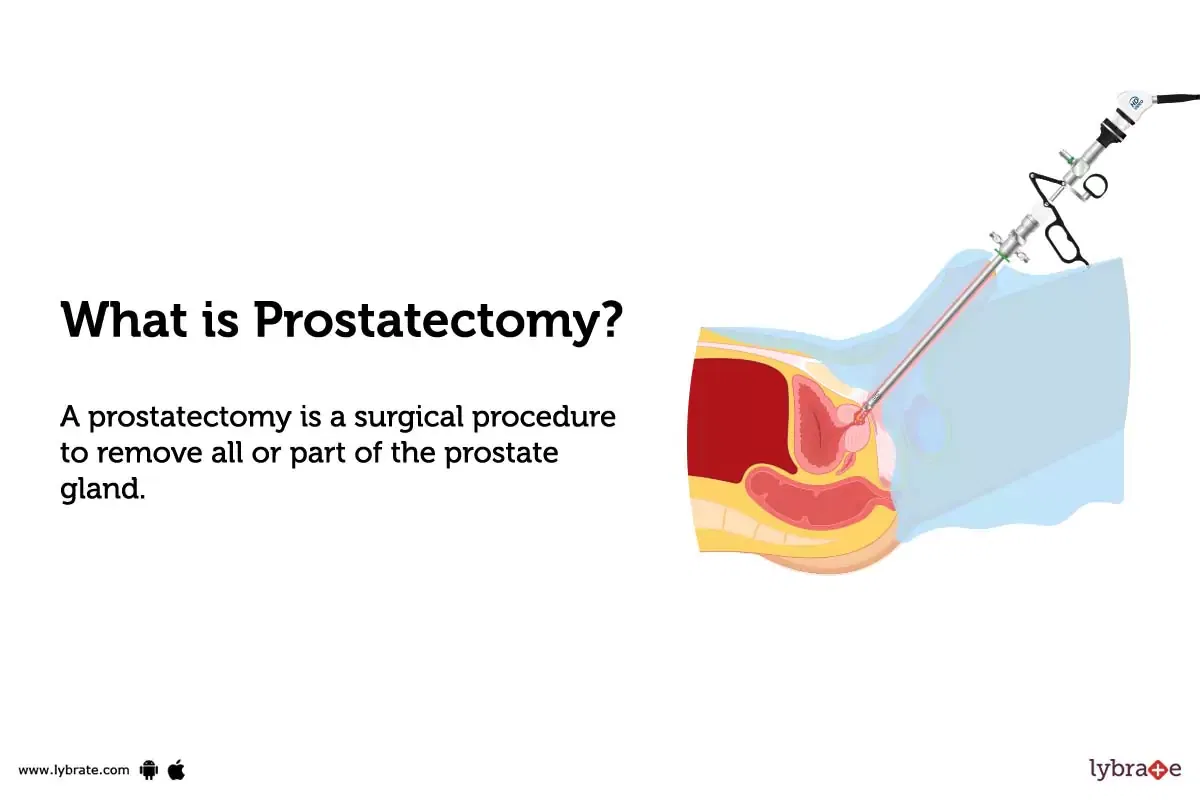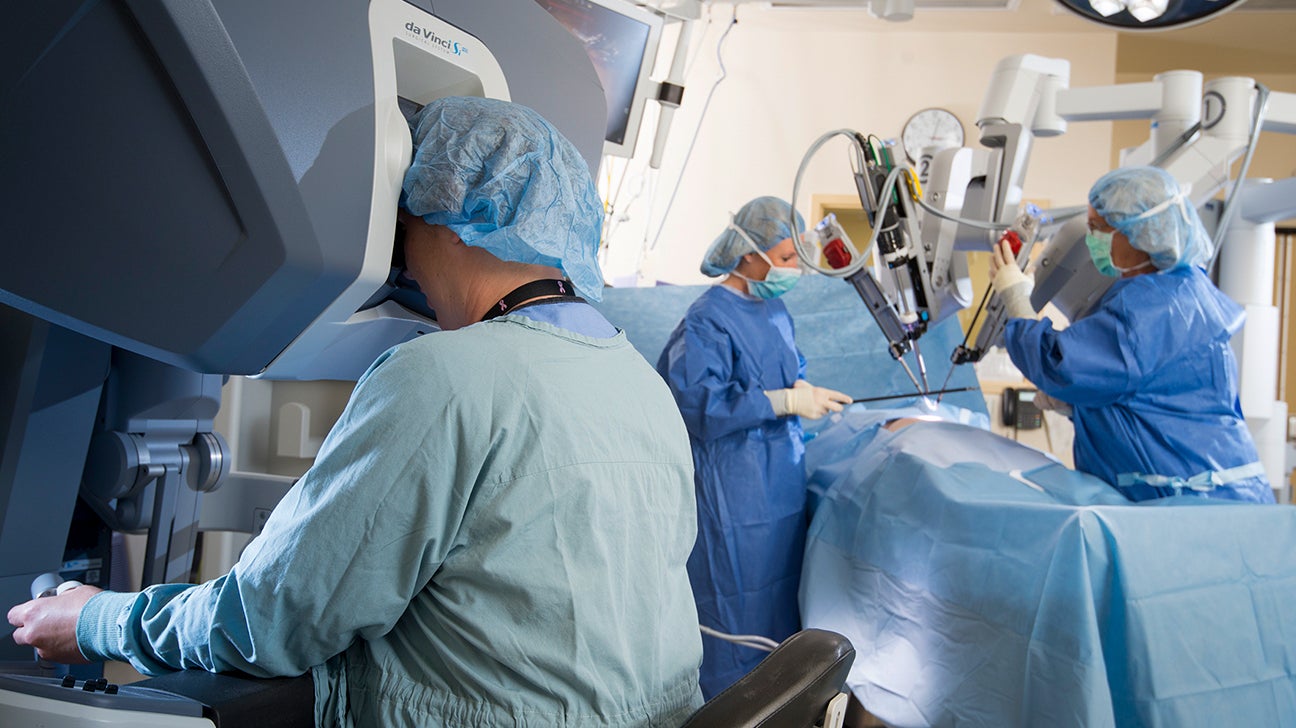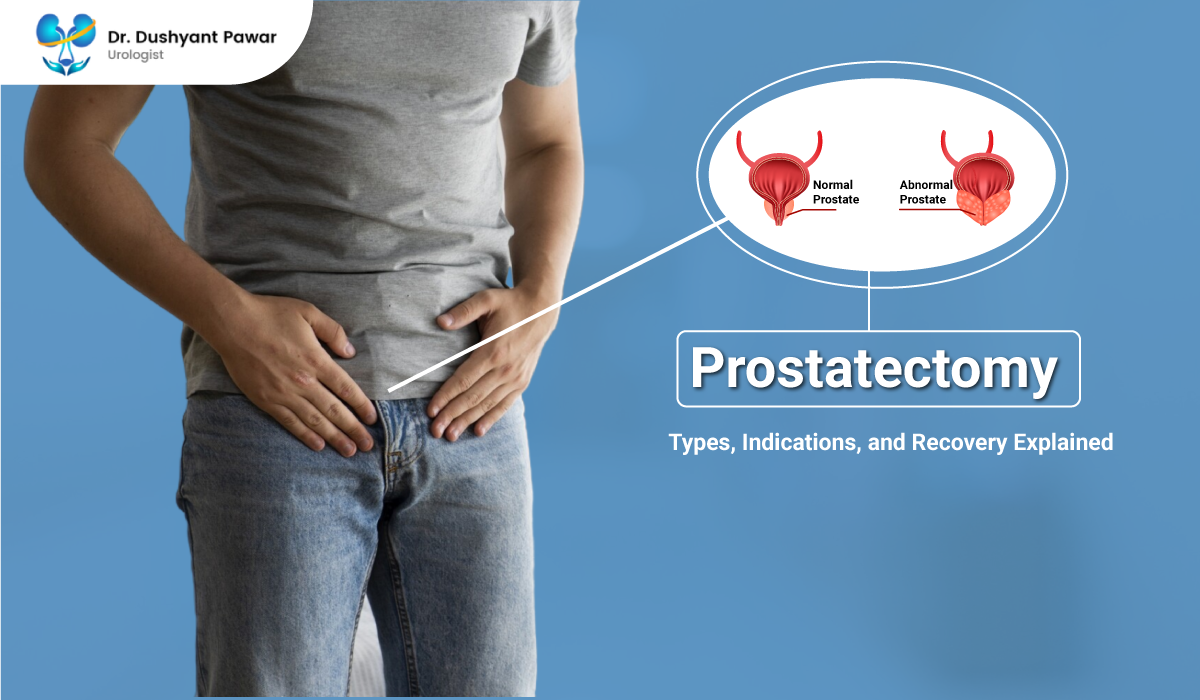How Often To Use Vacuum Pump After Prostate Surgery
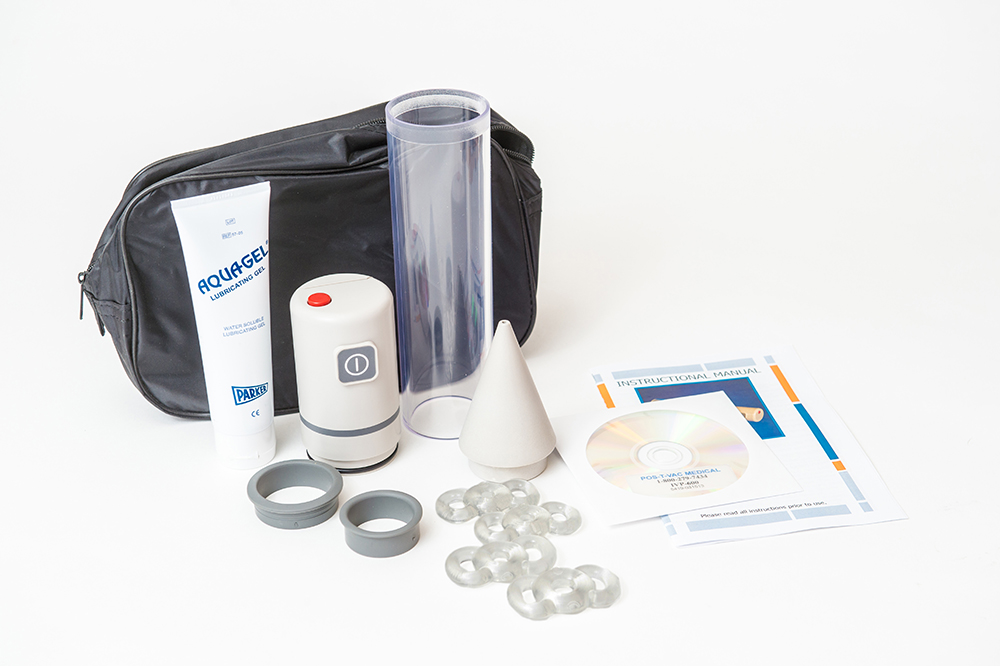
For many men undergoing radical prostatectomy, a surgery to remove the prostate gland due to prostate cancer, the journey to recovery extends beyond the operating room. Erectile dysfunction (ED) is a common side effect, and vacuum erection devices (VEDs), also known as vacuum pumps, often become a key component of their rehabilitation plan. But the question of how often to use these devices post-surgery is complex and lacks a one-size-fits-all answer.
The optimal frequency of VED use after prostate surgery remains a topic of ongoing research and individualized medical advice. This article aims to shed light on current recommendations and considerations, drawing from expert opinions and available clinical data, to help patients better understand the role of VEDs in their recovery process.
Understanding the Role of Vacuum Pumps
Vacuum pumps work by creating a vacuum around the penis, drawing blood into the erectile tissues and inducing an erection. While they can be used for sexual activity, they also play a crucial role in penile rehabilitation after prostate surgery.
The primary goal of penile rehabilitation is to promote blood flow to the penis, preventing tissue fibrosis (scarring) and maintaining the elasticity of the erectile tissues. This, in turn, can improve the chances of regaining natural erectile function over time.
Why is Frequency Important?
The frequency of VED use is a critical factor in achieving the desired outcomes of penile rehabilitation. Insufficient use may not provide adequate stimulation and blood flow, potentially hindering recovery.
Conversely, overuse can lead to tissue damage, pain, and other complications. Striking the right balance is therefore essential.
Current Recommendations and Guidelines
While specific guidelines may vary depending on the surgeon and individual patient factors, some general recommendations have emerged from clinical practice and research. A common starting point is daily use, beginning soon after catheter removal, which typically occurs one to three weeks post-surgery.
This daily use often involves applying the vacuum pump for a short period, perhaps 10-15 minutes, without necessarily aiming for a full erection. The goal is to gently encourage blood flow and tissue expansion.
Dr. Laurence Levine, a renowned urologist and expert in sexual dysfunction, often recommends a gradual approach, increasing the duration and intensity of VED use over time as tolerated. He stresses the importance of individualizing the rehabilitation plan based on the patient's response and any potential side effects.
Factors Influencing Frequency
Several factors can influence the optimal frequency of VED use. These include the patient's age, pre-operative erectile function, the extent of nerve-sparing during surgery, and the presence of other medical conditions such as diabetes or cardiovascular disease.
Nerve-sparing techniques, which aim to preserve the nerves responsible for erections, can improve the chances of recovery. However, even with nerve-sparing surgery, ED is still a common occurrence.
Patients with pre-existing ED or other health issues may require a more tailored approach to VED use, often involving a slower progression and closer monitoring by their healthcare provider.
Potential Benefits and Risks
Regular VED use after prostate surgery has been associated with several potential benefits, including improved erectile function, reduced penile shortening, and increased patient satisfaction. Studies have shown that men who consistently use VEDs as part of their rehabilitation program are more likely to regain natural erections.
However, it's important to be aware of the potential risks. These can include pain, bruising, petechiae (small red spots on the skin), and, in rare cases, more serious complications such as penile injury.
Proper technique and adherence to the manufacturer's instructions are crucial for minimizing these risks. Patients should also communicate any concerns or side effects to their doctor.
The Importance of Medical Supervision
Crucially, the use of vacuum pumps after prostate surgery should always be done under the guidance of a healthcare professional. A doctor or qualified therapist can provide personalized instructions, monitor progress, and adjust the rehabilitation plan as needed. Self-treating without medical supervision can lead to complications and potentially hinder recovery.
Open communication with the medical team is essential. Patients should feel comfortable discussing their concerns, asking questions, and reporting any side effects they experience.
According to the American Urological Association (AUA), a thorough evaluation and individualized treatment plan are paramount for managing ED after prostate surgery. VEDs are often a valuable tool in this process, but their effectiveness depends on proper use and medical oversight.
A Human Perspective
For many men, the prospect of dealing with ED after prostate surgery can be emotionally challenging. The impact on their sexual function and overall quality of life can be significant.
Penile rehabilitation, including the use of vacuum pumps, offers a ray of hope. It empowers patients to take an active role in their recovery and regain a sense of control over their sexual health.
"It's not just about erections," says John, a prostate cancer survivor who used a VED after his surgery. "It's about feeling like yourself again and reclaiming a part of your life that cancer tried to take away."
This proactive approach, combined with support from healthcare professionals and loved ones, can make a profound difference in the lives of men navigating this challenging journey.
Conclusion
Determining how often to use a vacuum pump after prostate surgery is a highly individualized decision. There is no definitive answer, and the optimal frequency depends on a variety of factors.
Working closely with a healthcare provider, following their specific recommendations, and being attentive to your body's response are essential for maximizing the benefits of VED use and minimizing potential risks. With proper guidance and consistent effort, vacuum pumps can play a vital role in restoring erectile function and improving the quality of life for men recovering from prostate surgery.







